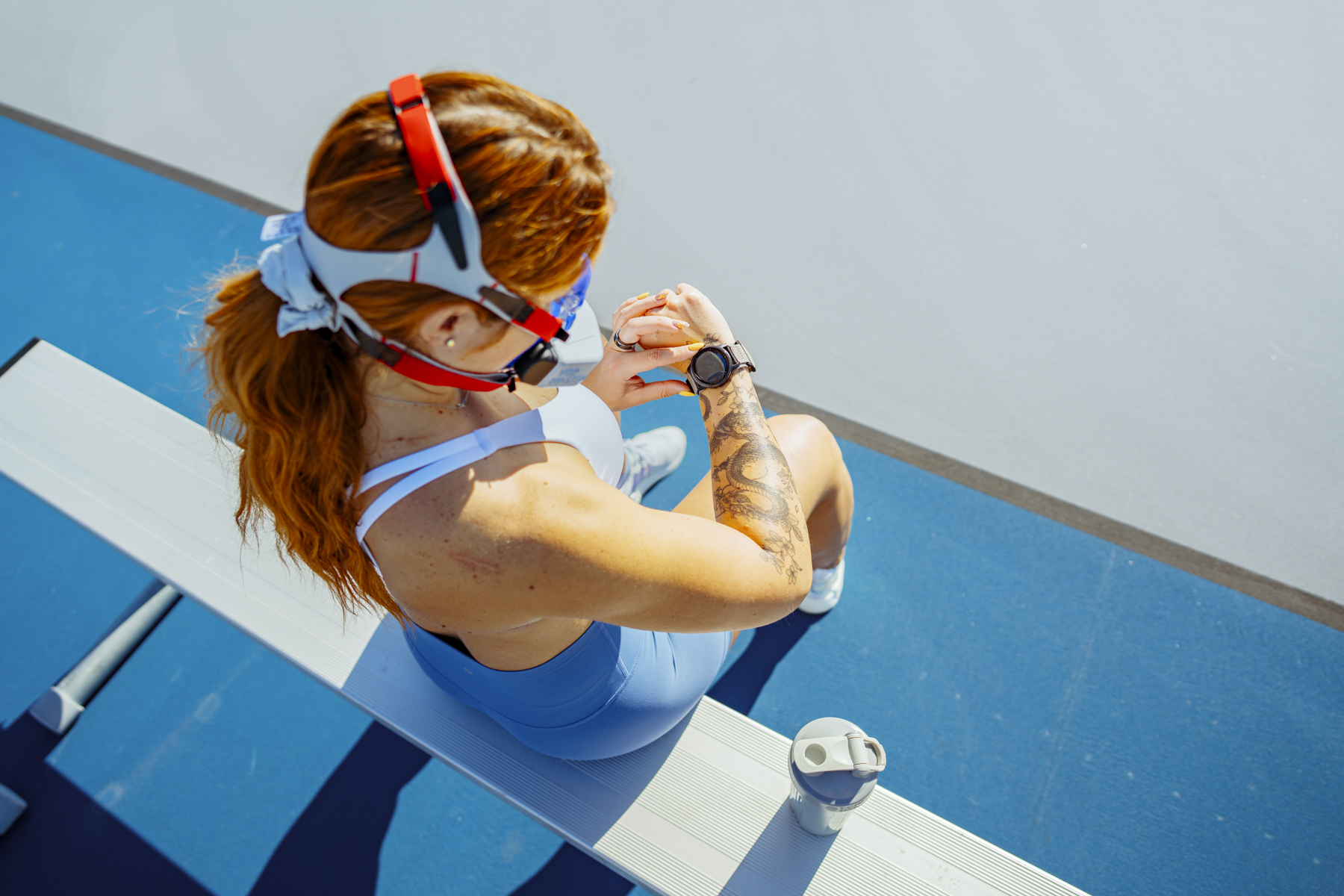The hardest thing to do in commercial video editing is to know when to stop. Everyone wants the flash, the energy, the big reveal that makes clients think their brand just won a Super Bowl slot. But the truth is, confidence lives in the quiet parts. Subtle editing decisions, how long a shot lingers, when the music breathes, the rhythm between transitions, can completely change how a brand feels on screen. Most people don’t notice it when it’s done well, which is exactly the point. The best commercial videos work like invisible scaffolding, holding up the story without stealing attention from it. That restraint doesn’t happen by accident; it comes from experience, planning, and the ability to see the bigger picture. This post dives into the art of subtlety in commercial video editing and why less really can mean more when it comes to building a brand’s cinematic tone.
You don’t need to reinvent the visual wheel to create compelling marketing content, you just have to understand pacing, transitions, and narrative flow in a way that feels effortless. The beauty of professional editing isn’t in the special effects or motion graphics but in how naturally everything fits together. When done right, your audience doesn’t think about the editing at all. They simply feel something.
The Psychology Behind Subtle Commercial Video Editing
Subtle editing is not about doing less; it’s about doing only what matters. In marketing photography and commercial video alike, audiences have a sixth sense for overproduction. They can smell inauthenticity faster than you can cut to the next shot. That’s why every frame has to earn its place. Pacing, tone, and timing determine whether the viewer leans in or checks out halfway through. In commercial video editing, every second counts. Too fast, and it feels rushed. Too slow, and it feels indulgent. The sweet spot is the rhythm that matches your audience’s emotional pace without drawing attention to itself.
Think of it like a conversation. You can tell when someone’s trying too hard to impress you, their energy feels forced. Over-edited videos have that same problem. They don’t trust the audience to stay engaged, so they overcompensate with cuts and effects. Subtle editing, by contrast, builds trust. It signals that the brand is confident enough to let a moment breathe, to let the story unfold naturally. This confidence translates directly into how a viewer perceives your business: polished, intentional, and credible.
Brands that embrace restraint often outperform those chasing spectacle because they understand the psychology of attention. The human brain likes patterns but also craves space to process them. Good pacing creates anticipation, while transitions act as emotional cues guiding the viewer’s focus. When handled with care, this combination creates a cinematic tone that feels intuitive rather than manufactured. It’s the reason a well-edited 30-second spot can hold more emotional weight than a three-minute visual montage filled with effects.
How Pacing and Transitions Shape Narrative Flow
Pacing and transitions aren’t just technical choices; they’re the backbone of visual storytelling. A skilled editor knows when to move fast and when to let a moment linger. In commercial video editing, pacing dictates how the audience experiences the story. Quick cuts can create urgency and energy, but too many can feel chaotic. Slower transitions invite viewers to connect emotionally but risk losing momentum if not handled with intention.
Transitions are often where subtlety shines brightest. The best ones aren’t noticed, they’re felt. A fade that aligns with a musical cue, a cut that lands perfectly on a line of dialogue, or a camera move that bridges two ideas without calling attention to itself can turn a simple sequence into a cohesive narrative. It’s the invisible glue that holds a story together. In marketing, that cohesion reinforces your brand’s identity. It says, “We know who we are, and we’re not trying too hard to prove it.”
This is where editing meets psychology. The brain craves closure, and transitions provide it. Smooth pacing gives viewers a sense of continuity, while abrupt changes can create tension or highlight contrast. The goal is to guide emotion without dictating it. Every frame, every cut, and every silence has a purpose. In essence, pacing and transitions aren’t about tempo, they’re about trust. They show that the editor respects the audience enough to let them interpret the story instead of forcing it upon them.
Building a Cinematic Tone Through Restraint
Cinematic tone isn’t just about lighting or color grading; it’s about mood, rhythm, and consistency. The restraint you show in commercial video editing communicates as much as the footage itself. When you give shots room to breathe, you allow your story to feel natural. Brands that understand this create work that feels confident rather than desperate for attention.
A disciplined color workflow, subtle audio balancing, and minimalistic transitions can make a massive difference. The best editors treat these elements like instruments in an orchestra, each one balanced, each one serving the larger composition. Too much saturation, too heavy a LUT, or too punchy a soundtrack can break the illusion. Restraint builds credibility because it mirrors real human interaction: grounded, measured, and intentional.
When viewers see a brand handle itself with cinematic precision, it subconsciously signals professionalism and stability. It says, “We’ve got this under control.” That’s powerful psychology in marketing, especially when your goal is to build long-term brand trust. The editing becomes an extension of your visual brand identity, proving that every creative decision is backed by intention.
Applying These Principles in Your Next Campaign
If you want your next commercial project to stand out, start in pre-production. Before shooting a single frame, decide what emotion you want your audience to feel. Then design your pacing and transitions around that goal. A good story doesn’t need flash, it needs rhythm. Collaborate closely with your creative team to define the narrative flow, making sure every edit enhances rather than distracts.
Review your cuts like a viewer, not a creator. Does the story feel smooth, or does it jump around trying to get your attention? Step back and ask, “What would this feel like if I saw it for the first time?” That’s where subtle editing earns its reputation. The more you refine, the less your audience notices the technique, and the more they connect with the story.
As you fine-tune your pacing and transitions, remember that less is often more. If a moment feels forced, it probably is. If a transition feels invisible, it’s working. Subtlety isn’t a lack of effort, it’s mastery. The kind of polish that makes your work feel expensive without shouting about it.
Wrapping Up the Story Behind the Edit
Great commercial video editing isn’t about showing off your tools; it’s about knowing when not to use them. Subtlety in pacing, transitions, and narrative flow is what gives your visuals the confidence to stand on their own. When you let space, silence, and emotion lead, your brand speaks louder than any edit ever could.
If you’re ready to elevate your brand’s cinematic storytelling or want to refine your creative production workflow, let’s talk. Commercial photography and video should feel strategic, not accidental. That’s where I come in, helping businesses transform creative visuals into brand strategy that sticks.


